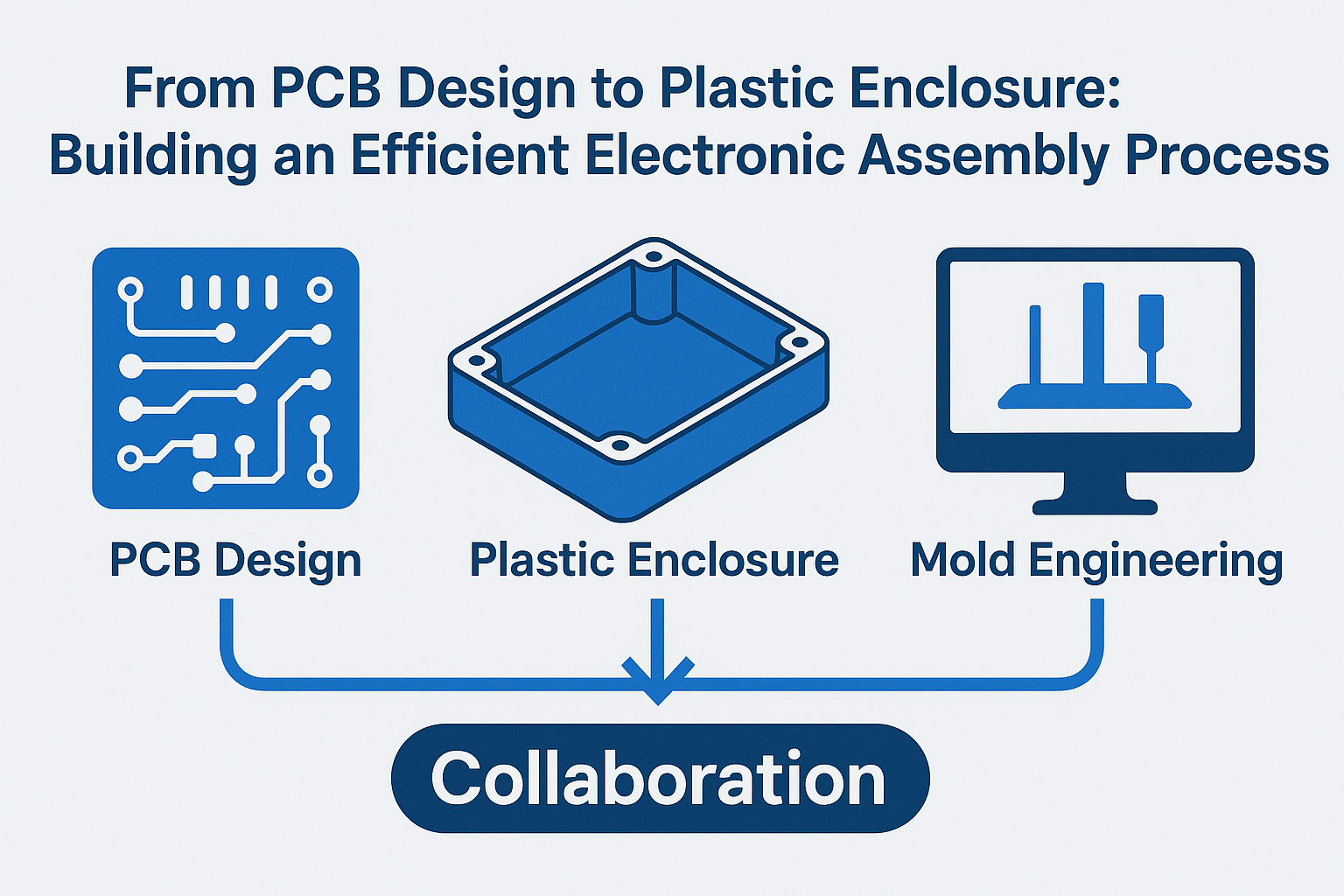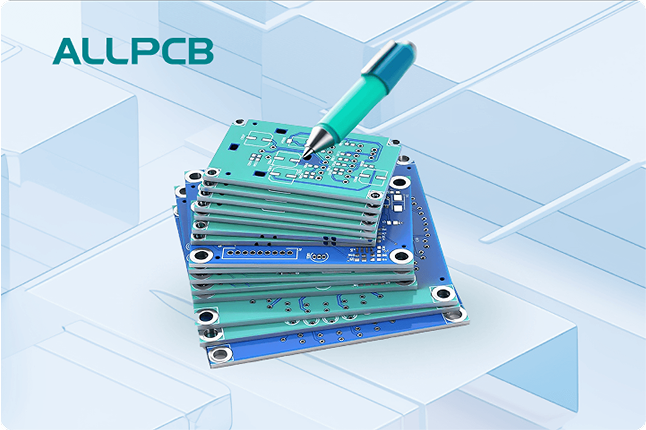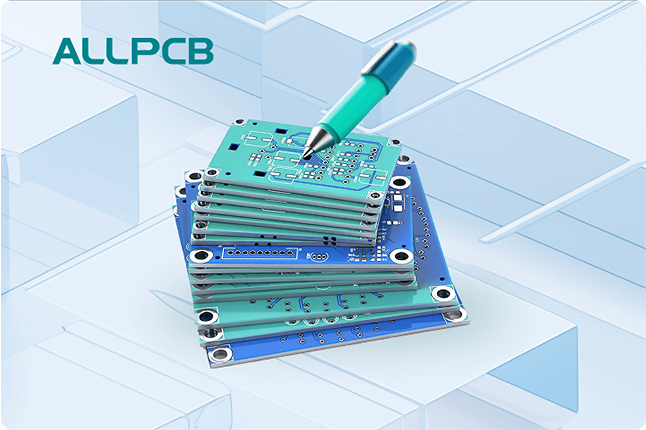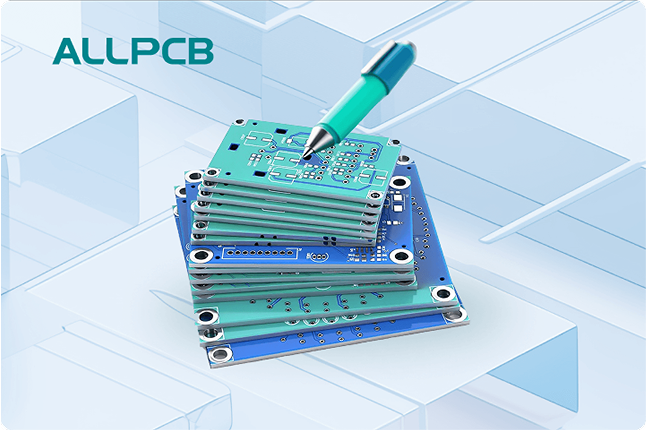If you're looking to design a PCB that meets EMI/EMC compliance standards, you're in the right place. Electromagnetic Interference (EMI) and Electromagnetic Compatibility (EMC) are critical factors in ensuring your circuit board performs reliably without interfering with other devices or being affected by external noise. The key to success lies in a well-thought-out PCB layout, focusing on grounding techniques, shielding, and strategies for low emissions. In this comprehensive guide, we'll walk you through the best practices for EMI/EMC PCB layout design, offering practical tips and detailed insights to help you achieve compliance and optimal performance.
Why EMI/EMC Compliance Matters in PCB Design
EMI refers to the unwanted electromagnetic noise that can disrupt the operation of electronic devices, while EMC is the ability of a device to function correctly in its electromagnetic environment without causing or suffering from interference. Failing to address these issues during PCB design can lead to signal integrity problems, device malfunctions, or even failure to meet regulatory standards like FCC or CE certifications. A poorly designed PCB might radiate excessive noise, interfering with nearby electronics, or be overly susceptible to external interference, leading to unreliable performance.
Designing for EMI/EMC compliance from the start saves time, reduces costly redesigns, and ensures your product meets industry standards. Whether you're working on consumer electronics, industrial systems, or automotive applications, a proper PCB layout for low emissions and robust shielding is essential. Let's dive into the best practices for achieving this.
Key Principles of EMI/EMC in PCB Layout Design
Before getting into specific techniques, it's important to understand the core principles that guide EMI/EMC compliance in PCB layout design. These principles focus on minimizing noise generation, reducing coupling paths, and ensuring proper signal integrity. Here are the foundational concepts:
- Minimize Loop Areas: Current loops in a PCB act as antennas, radiating electromagnetic noise. Keeping loop areas small reduces emissions.
- Control Signal Paths: High-speed signals can generate noise if not routed properly. Controlled impedance and short trace lengths help manage this.
- Grounding: A solid grounding strategy is the backbone of EMI/EMC compliance, as it provides a low-impedance path for return currents.
- Shielding: Physical barriers or shielding can block radiated noise, protecting sensitive components.
With these principles in mind, let’s explore actionable strategies for designing an EMI/EMC-compliant PCB layout.
Best Practices for EMI/EMC PCB Layout Design
1. Optimize Grounding Techniques for PCB Design
Grounding is one of the most critical aspects of EMI/EMC compliance. A well-designed ground plane provides a low-impedance path for return currents, reducing noise and preventing interference. Here are some grounding techniques for PCB design:
- Use a Solid Ground Plane: A continuous ground plane on one layer of the PCB minimizes return path impedance and reduces loop areas. Avoid splitting the ground plane unless absolutely necessary, as splits can create high-impedance paths and increase emissions.
- Star Grounding for Mixed-Signal Designs: In designs with both analog and digital components, use a star grounding approach to prevent digital noise from coupling into sensitive analog circuits. Connect all ground points to a single reference point to isolate noise.
- Multiple Vias for Ground Connections: When connecting components to the ground plane, use multiple vias to reduce inductance. For example, a high-frequency IC might require 4-6 vias to ensure a low-impedance connection.
- Separate Power and Ground Planes: For multilayer PCBs, dedicate separate layers for power and ground planes, placing them adjacent to each other to create a low-inductance decoupling path.
By prioritizing grounding techniques in PCB design, you can significantly reduce noise and improve EMC performance. For instance, a study on high-speed digital designs showed that a solid ground plane can reduce radiated emissions by up to 20 dB compared to a split plane.
2. Strategic Component Placement for Low Emissions
The placement of components on a PCB directly impacts EMI. Poor placement can create long signal paths or position noisy components near sensitive areas, increasing interference. Follow these tips for a PCB layout for low emissions:
- Group Similar Functions: Place components with similar functions (e.g., digital, analog, or RF) close together to minimize cross-talk. For example, keep high-speed digital ICs away from analog sensors.
- Position Decoupling Capacitors Close to ICs: Place decoupling capacitors as close as possible to the power pins of ICs to filter out high-frequency noise. A typical value for decoupling capacitors in digital designs is 0.1 μF, with a placement distance of less than 0.5 inches from the pin.
- Avoid Placing Noisy Components Near Edges: Components like switching regulators or oscillators can radiate noise. Keep them away from PCB edges to reduce emissions.
Strategic placement not only reduces EMI but also simplifies routing, making your design more efficient and compliant with EMC standards.
3. Effective Routing Practices for EMI/EMC Compliance
Signal routing plays a major role in controlling electromagnetic emissions. High-speed signals, if not managed properly, can act as sources of EMI. Here are some routing best practices:
- Minimize Trace Lengths: Keep traces as short as possible, especially for high-speed signals (e.g., above 50 MHz). Longer traces increase inductance and the potential for radiated noise.
- Use Controlled Impedance: For high-speed signals, maintain consistent trace impedance (e.g., 50 ohms for RF designs) to prevent reflections and noise. Use PCB stack-up tools to calculate trace width and spacing.
- Avoid Right-Angle Bends: Sharp 90-degree turns in traces can cause signal reflections and EMI. Use 45-degree angles or curved traces instead.
- Route Over Ground Planes: Route critical signals directly over a ground plane to ensure a low-impedance return path and minimize loop areas.
By following these routing guidelines, you can reduce signal integrity issues and keep emissions low, contributing to a successful EMI/EMC PCB layout.
4. Shielding in PCB Design for Noise Protection
Shielding in PCB design is a powerful technique to block radiated EMI and protect sensitive components from external interference. Here’s how to implement effective shielding:
- Use Metal Enclosures: Enclose high-noise components, such as switching power supplies, in metal shields or cans. Ensure the shield is connected to the ground plane for maximum effectiveness.
- Guard Traces: For sensitive analog signals, place grounded guard traces on either side of the signal trace to isolate it from nearby noise sources.
- Faraday Cage Principle: In multilayer PCBs, surround critical signal layers with ground planes above and below to create a Faraday cage effect, trapping noise within the board.
Shielding is especially important in applications like RF designs, where external interference can degrade performance. For example, adding a grounded metal shield around an RF module can reduce external noise pickup by up to 30 dB.
5. Power Integrity and Decoupling for EMI Reduction
Power supply noise is a common source of EMI in PCB designs. Ensuring power integrity through proper decoupling and filtering is essential for compliance. Consider these strategies:
- Use Bulk and Decoupling Capacitors: Place bulk capacitors (e.g., 10 μF) near power entry points to handle low-frequency noise, and smaller decoupling capacitors (e.g., 0.01 μF to 0.1 μF) near ICs for high-frequency noise.
- Implement Ferrite Beads: Use ferrite beads in series with power lines to filter out high-frequency noise before it reaches sensitive components.
- Minimize Power Plane Noise: In multilayer boards, keep power and ground planes close (e.g., 10 mils apart) to reduce inductance and improve decoupling efficiency.
Proper power integrity design can cut down on conducted EMI, ensuring your PCB layout meets EMC requirements.
Common Mistakes to Avoid in EMI/EMC PCB Layout
Even with the best intentions, certain design mistakes can compromise EMI/EMC compliance. Here are some pitfalls to watch out for:
- Splitting Ground Planes Without Reason: Unnecessary splits in the ground plane can create high-impedance return paths, increasing noise.
- Ignoring High-Speed Signal Routing: Failing to control impedance or route high-speed signals over ground planes can lead to significant EMI.
- Poor Component Placement: Placing noisy components near sensitive areas without shielding can cause interference.
- Inadequate Decoupling: Insufficient or improperly placed decoupling capacitors can allow power supply noise to propagate through the board.
By avoiding these common errors, you can save time during testing and ensure your design passes EMI/EMC certification on the first try.
Testing and Validation for EMI/EMC Compliance
After completing your PCB layout, testing is crucial to confirm compliance with EMI/EMC standards. Use these steps to validate your design:
- Pre-Compliance Testing: Use near-field probes to measure radiated emissions during the prototype stage. This helps identify problem areas before formal testing.
- Simulation Tools: Leverage simulation software to analyze signal integrity, power distribution, and EMI performance before manufacturing.
- Formal EMC Testing: Submit your design to a certified lab for full compliance testing against standards like CISPR or FCC Part 15.
Early testing and simulation can catch issues before they become costly problems, ensuring your PCB layout for low emissions performs as expected.
Conclusion: Building Better PCBs with EMI/EMC in Mind
Designing a PCB layout for EMI/EMC compliance requires careful attention to grounding techniques, component placement, routing, shielding, and power integrity. By following the best practices outlined in this guide—such as using solid ground planes, minimizing trace lengths, and incorporating shielding in PCB design—you can create boards that minimize emissions and resist interference. These strategies not only help you meet regulatory standards but also improve the reliability and performance of your electronic products.
Start implementing these tips in your next project to achieve a robust EMI/EMC PCB layout. With a proactive approach, you can avoid common pitfalls, reduce redesign cycles, and bring high-quality designs to market faster. Trust in these proven methods to guide you toward success in creating low-emission, compliant PCBs.
 ALLPCB
ALLPCB







